At the Egyptian Cultural Week:Artists and musicians were present, theater stars absent [Archives:2004/759/Culture]
Mahyoub Al-Kamaly
The Egyptian Cultural Week, (held as part of the celebrations for Sana'a as the 2004 Arab Cultural Capital), accommodated various collections of plastic arts, literary works, songs, dances, political lectures that expressed intellectual and cultural views stressing the importance of renewing Arabic cultural discourse, and enhancing the concept of the role of art in defending national causes.
The Egyptian cultural days, held from July 17th-23rd, attracted the attention of many sectors including Yemeni intellectuals, the general public, men of arts, and media which described the function as reflecting a blazing presence, characterized by a rich participation that shows the fraternity between the Yemeni and Egyptian peoples.
“Launching the Egyptian cultural days with the inauguration of a gallery on contemporary Egyptian plastic arts has carried certain allusions that stress the link between art and people-adopted national causes which the artist reflect in his creative paintings,” said Yemeni artist Dr. Amnah Al-Nusairi in her introduction of a lecture by Dr. Ahmed Nawar on art and revolution.
Hamid Al-Haj, university student at the Faculty of Arts, said the gallery represents a cultural connection between artists in both countries. “It also acquaints the Yemenis interested in plastic arts with different schools followed by participants.”
Yet, young Yemeni artist Ahmed Al-Odaini described the paintings as belonging to the Abstractionism school, “mimicking the Egyptian environment from a modern perspective, but their social dimensions may not suit Yemenis.” He thought, “they should have come closer to our issues.”
“They are Egypt's days of creativity, intellectuality and culture,” proclaimed journalistic writer Jamil Mufarih, pointing in particular to Dr. Asim Al-Dassouki's valuable lecture on the necessity for renewing the Arabic cultural discourse. The lecture tackled the western factor in the Arabic culture via expeditions, colonization, and orientalism, warning against “taming the Arabic cultural discourse for the sake of western culture.”
“The participation of a group of artists, intellectuals, creators, musical performers, and dance bands, in the activities of Sana'a as the Arab Cultural Capital, 2004, has reflected the performance of the creative people in Ardh al-Kanana (Land of Quiver), Egypt, and strengthened relationships between the two countries, activating mutual cultural bonds so as to improve the overall cultural production of the Arab world,” added Mufarih.
Members of the Yemeni public who attended the Egyptian cultural function were not altogether pleased with the kind of participation. “We would have liked to have watched a play performed by Egyptian theatre stars, reflecting the shameful Arabic reality and political repression, since there is no theatre in Yemen playing this role,” said Mansour Fadl al-Qadai. “Yet, we enjoyed the Cultural Centre, the night song and dance performances of the Shararah and Ridha bands.” He called on the ministries of culture in both countries to arrange for Egyptian comedians to visit Yemen in order to act out plays that address the crisis of the nation as did Nour Al-Sharif's play “Al-Quds Will Not Fall”, which was highly acclaimed by the public.
Despite this criticism, the Egyptian Cultural Week comprised many purposive functions, including a lecture on mummies in Yemen by Dr. Abdul-Hakim Nour Al-Din, and a group discussion on cultural interactions between Yemen and Egypt from different perspectives, which was presented by a host of Yemeni and Egyptian men of letters. There were also a number of artistic and cultural performances that displayed the deep relations between Yemen and Egypt, and the all-pervasive presence of Egyptian culture in the Arab World.
——
[archive-e:759-v:13-y:2004-d:2004-08-29-p:culture]


